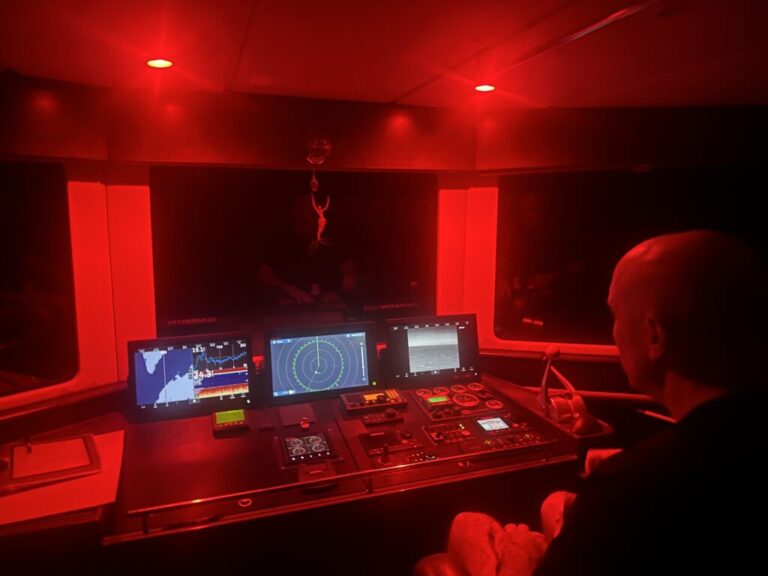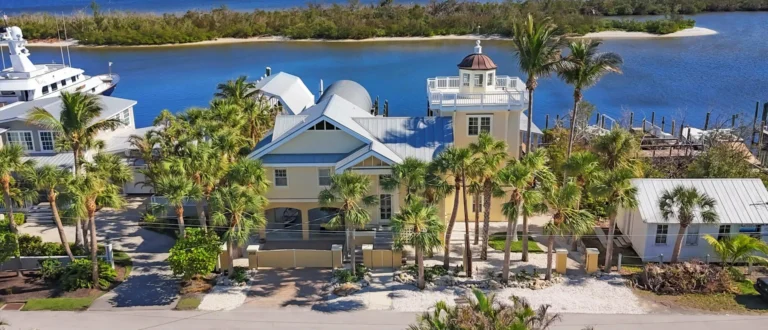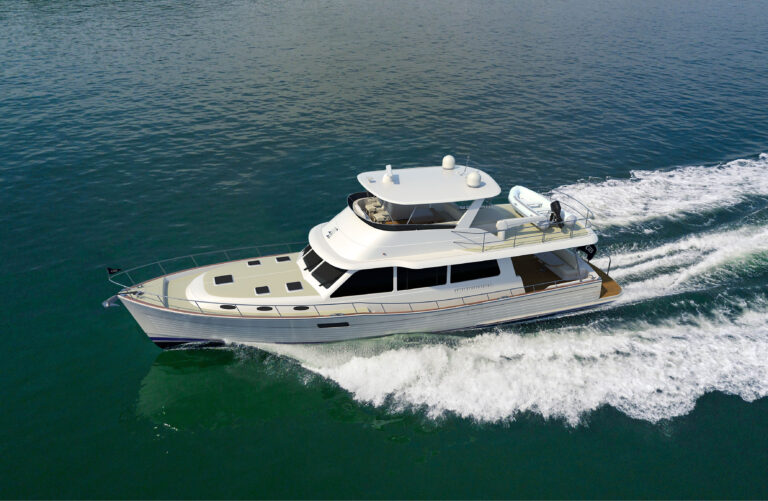About 53 marine industry personnel and safety officials across Connecticut recently got a wake-up call to re-evaluate their hurricane safety strategies.
“It’s not a matter of if a hurricane is going to happen, it’s when,” says Joel Severance, emergency management planner for Chester, Conn.,

and organizer of the FEMA-sponsored Valley Shore Maritime Hurricane Conference, held recently at the Department of Environmental Protection headquarters recently in Old Lyme, Conn.
The workshop was designed to educate marina owners, harbormasters and safety officials on how to best coordinate with each other — as well as to enact planned procedures for their own facilities — in the face of a hurricane. Topics varied from roles and responsibilities to securing vessels.
Time to plan
Hurricane Preparedness Week runs May 24-30 this year, though hurricane season doesn’t begin until June. The latest prediction from the “hurricane guru” William Gray and his colleague Philip Klotzbach is for an above-average Atlantic tropical cyclone season. Gray is head of the Tropical Meteorology Project at Colorado State University.

“This is a topic that is not on your mind every day,” says Katy Russell, dockmaster for Brewer Pilots Point Marina in Westbrook, Conn. “It made us realize we have to start preparations sooner than planned and take another look at our strategy.”
Discussing boat securing and mooring techniques was moderator Bob Adriance, assistant vice president and technical director for BoatU.S., who was invited by Severance. He says this was his first presentation in Connecticut.
“The last major hurricanes in the Northeast were Bob [in 1991] and Gloria [in 1985], which were almost two decades ago,” says Adriance, who is based in Alexandria, Va. “Often, until an area gets whacked with one, there’s not a lot of interest.”
Adriance’s PowerPoint presentation showed how marinas around the country secure vessels to keep them from being damaged. One example came from a hurricane veteran, Doug Hillman, owner of Sebastian River Marina and Boatyard in Sebastian, Fla. During the bookending hurricanes of Frances and Jeanne in 2004, Hillman directed 59 of the boats at his marina be hauled and strapped down to his parking lot. To do this, his crew drilled holes into the concrete and inserted steel eye bolts, which were then used to secure double lines around each boat.
“We have about 60 wet slips that can accommodate [boats] 30 to 75 feet, and 60 dry rack storage [slips] that can accommodate 20 to 60 feet,” says Hillman. “I figured securing the boats on the hard was our best shot and, fortunately, we have the space.”
When Jeanne ripped through the area three weeks after Frances with winds up to 140 mph, Hillman says he worried the concrete holding the eyes in place would break.
Hillman says when BoatU.S. reps saw their boats still intact, they couldn’t believe it.
“I remember Bob [Adriance] calling me, asking me how I knew it would work – and I told him ‘I didn’t!’ ” says Hillman. “But when weather gets bad, we take everyone’s boat out, no matter what.”
Not up North
“I do talk to customers about where they’re going to be and what they want us to do in the event of a hurricane,” says Philip Hale, president of Martha’s Vineyard Shipyard in Massachusetts.

With hurricanes so infrequent in the Northeast, the yard has only a few people who request ahead of time that their boats be taken out, says Hale, who did not attend the hurricane conference.
The shipyard can hold 400 vessels and has a remote storage facility that can hold up to 70 powerboats on jackstands in case of emergency. The rest would either go on jackstands or cradles outside on the property. The weight of the boats should hold them steady, according to Hale.
For those customers not already on the list, Hale will assess which boats are most vulnerable three days before a storm is supposed to hit and ask those owners if they want their boat out of the water.
“Some people just throw another anchor over the side on their mooring,” says Hale.
“I think workshops are a good idea,” says Hale. “It keeps the need to constantly evaluate your plan in the forefront.”
Awareness into action
Hearing what methods have worked and which haven’t made the workshop very worthwhile, says Russell of Pilots Point. The Westbrook, Conn., yard has 865 slips and is the largest in the Brewer chain.

“A lot of our new customers do not know what is expected of them in terms of securing their personal property when hurricane season starts,” says Russell.
The marina will send out frequent e-mails this spring to customers on this topic, Russell says.
This area was set for a refresher course on hurricane management, and it was something he’d been thinking about doing for several years, says Severance, the emergency management planner for Chester.
“It’s been almost two decades — statistically, we are overdue for a hurricane,” says Severance.
All the more reason, he adds, to review and update hurricane strategies. Severance says state and federal safety authorities should also be aware that sources such as harbormasters can offer a wealth of information on storm preparation.
“They will be the source of local knowledge when something big hits,” says Severance. “It’s important to have the cooperation of all parties involved.”
For information, visit www.boatus.com/hurricanes
This article originally appeared in the May 2009 issue.









